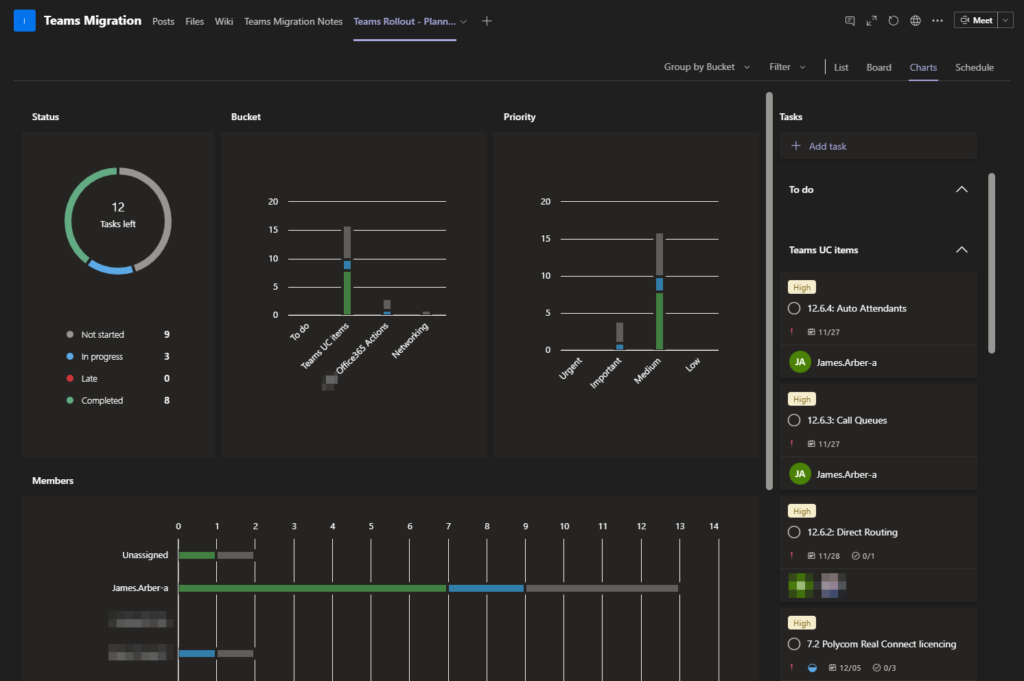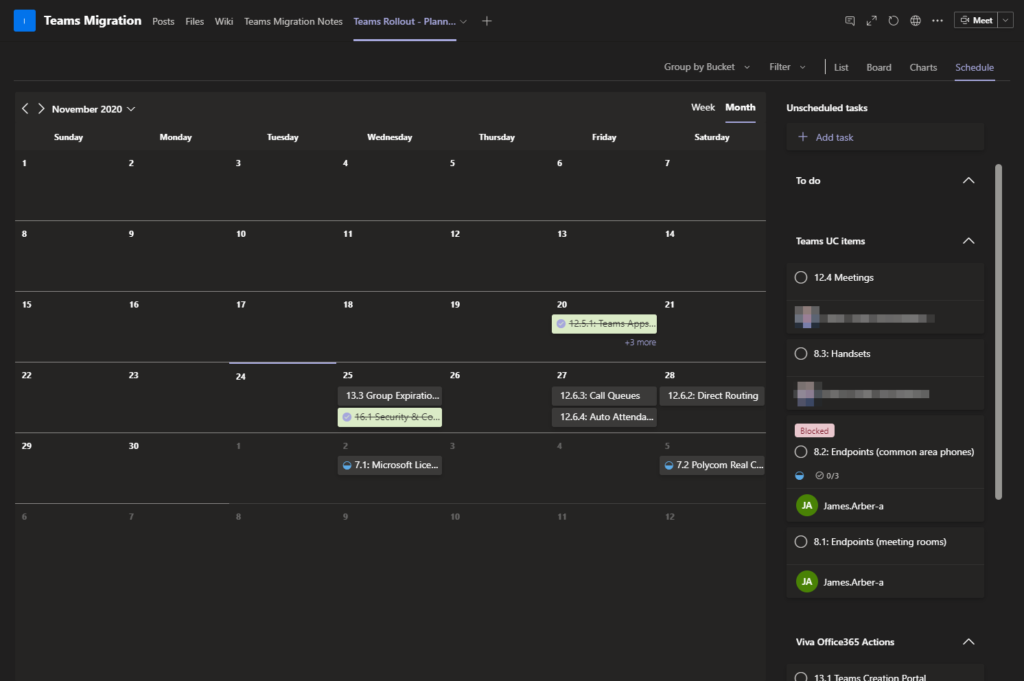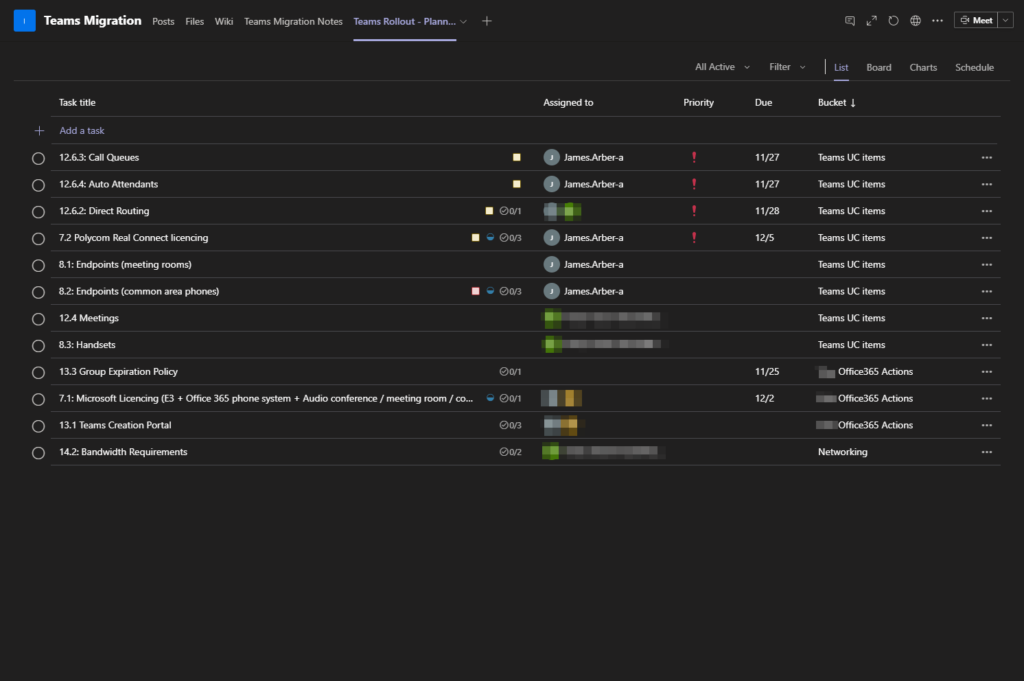I’ve always said that smaller meetings are better than larger meetings for quite a while. Taking a line from another speaker, I use the Two Pizza Rule.

Basically, if the meeting has too many people, or too long for Two Pizza’s to keep everyone fed. It’s too big and should be divvied up into smaller meetings or tasks delegated.
The reason being is that with more people, the longer the meeting runs for everyone to “get their say”. Meanwhile, all the other resources are sitting there doing nothing. Waiting for their opportunity to update 2 or 3 other people in the meeting. Not a great use of resources.
The issue with this today
Before COVID, this self-regulated pretty easily. Staff typically needed a good reason for a meeting, as there was only ever a limited amount of meeting rooms.
But with the explosion of remote working, the need for everyone to connect and effectively “free” meetings. Staff no longer feel the need to justify their business case for a meeting anymore.
A staff member schedules the meeting. Sends the invite to everyone’s email. And attendees turn up because they are expected to.
Users end up getting less work done because meetings are getting larger, longer and more frequent.

For example, I’ve worked on a project where the 2x daily standups would regularly devolve into brainstorming sessions. Including things like troubleshooting, or 2 key attendees discussing a plan between themselves. Meanwhile, the other 6 attendees are sitting there being unproductive or not paying attention. Usually causing them to miss context and ask repeat questions.
(Don’t worry, I’m guilty of this too…)
A quick back of the napkin calculation says thats 12 hours a day wasted! More than a whole project resource!
Meetings have their place, but we now have better tools for collaboration.
Typically, your staff organize meetings to get an update on their tasks, how problems are getting solved and discussing potential solutions.
So why not find more effective ways to keep everyone connected? Whilst still allowing users to stay in their workflow and update things in their own time?
Use Teams Planner to assign work and view Status
Teams has supported Tasks in Planner for quite some time now, and its a great way to assign, track and report on all manner of tasks.
Assuming you have a Team Channel for the project in question, create a new Planner Tab and populate it with Tasks.



This posts to the Team about the new tab and lets everyone where to find it.

With a quick glance, everyone in the team can see where tasks are, who they are assigned to and any blockers.

Creating tasks is simple, fill in some details and click Add Task.

Need context? Soon you will even be able to create tasks from messages in the chat.
More complicated than that? just click it and edit the task to have more info

Editing a task is as simple as clicking it, updating the relevant fields and closing it.
These tasks can just be a simple todo list or a full list with deliverable dates with reports. And no special licenses or training for your users to set it up.
Here an example from a real world project.
Did I mention that the Tasks assigned to you appear in your Microsoft ToDo? So you can self organise and update tasks without even opening Teams!
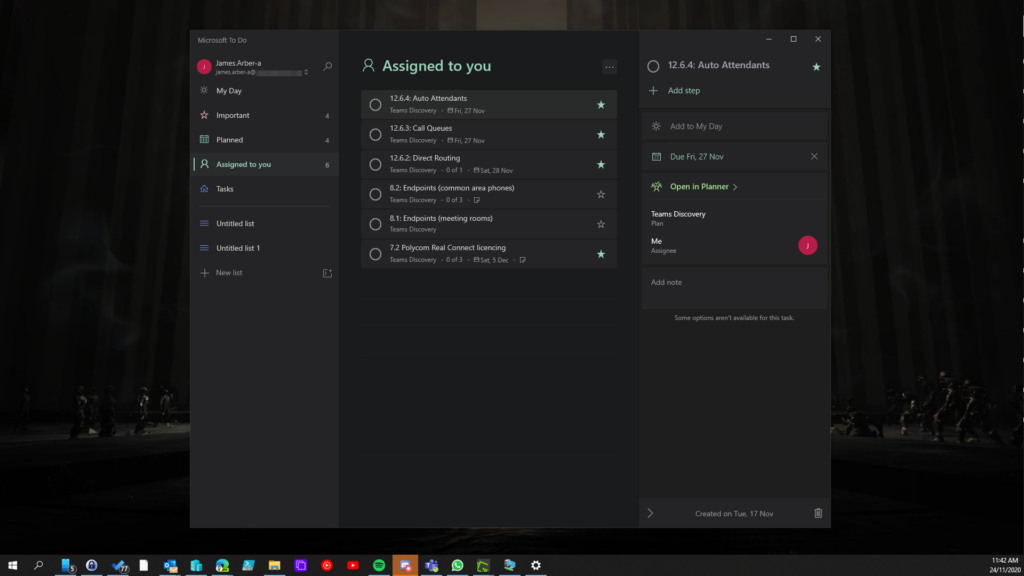
Now your Team can use Planner to get a high-level view of what’s being completed, what’s getting worked on today, and what’s outstanding.
Meeting Averted or Shortened.
Use Threaded Conversations to Keep topics organised, use the pinned post for quick updates.
Another thing we are all used to is email conversations. Teams threads can offer much better live experience without needing to start a meeting to discuss outcomes.
Users may mention something in the meeting, but instead of working it out live then and there. Consider a thread and save valuable time.
Threads let everyone collaborate and update in their own time, without keeping everyone waiting for an update
The trick to this making sure the owner keeps the top post updated with the current status. Letting other people in the team see the latest, without having to read the entire thread.
How to
Kick off a new Conversation and switch to rich format mode
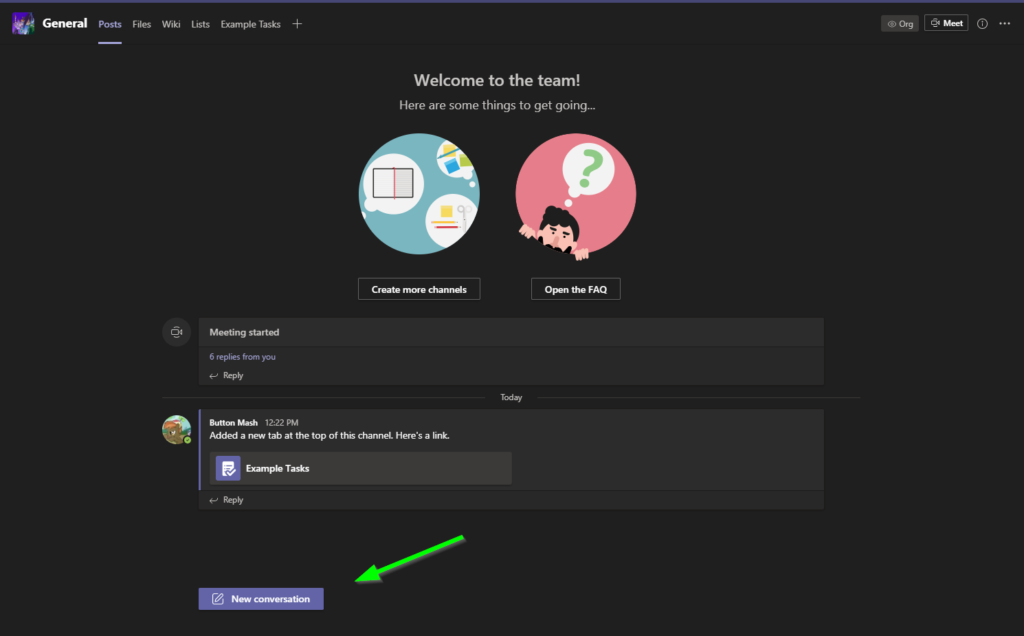

Once that’s done, fill in the top post in the thread with the Topic overview and what the achievements are going to be.

Then underneath, start the organic conversation to get the ball rolling, post links to references even call users in the thread to discuss.

Eventually, the thread will get long enough to be truncated. Just edit the top post to include information for those that just want a quick update without reading the entire thread.
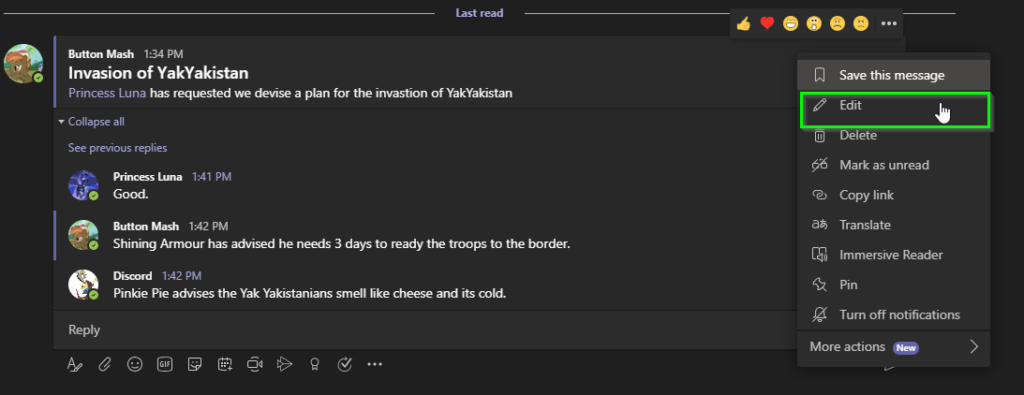

Now everyone can easily see the latest without having to read the entire thread or off-topic posts.

Another Meeting Averted or Shortened
In Summary
Keep meetings short, small and infrequent. Things like town halls and the like are fine. But if your having meetings as your go to solution, take a step back and see what you are actually trying to achieve.
Check to see if there is a tool in Teams that can help you achieve your goal like tracking progress more effectively.
With Lists and Project coming to Teams shortly, more and more management can be done without the need for a meeting. Users can work at their own pace, update things without disrupting their flow and be flexible in their remote work.
Hope this helps. Till next time.

